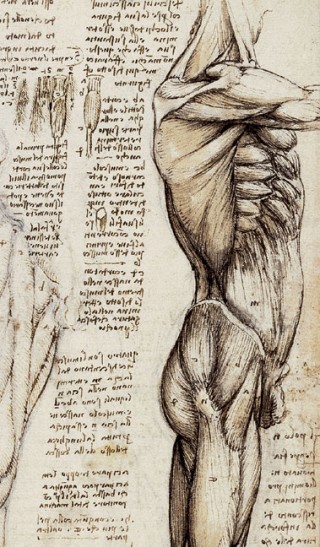Arctic Sun
July 29, 2010 2 Comments
Sometimes even medicine has rather poetic, heart-stopping concepts – Arctic Sun is one of them. Take a patient who has flatlined – died momentarily, if you will, with a motionless heart for up to 60
minutes – and freeze him down to a temperature of 93F (34C). Make him cold as death. It is closer to science fiction than it is to medicine – but it is fast becoming a procedure which we use for patients who have suffered a cardiac arrest. Overall, it seems to improve outcomes. The goal is to slow metabolism after a cardiac arrest in order to minimize damage to the brain and. heart.
Taking care of patients on “Arctic Sun” is difficult for physicians and families. It is a waiting game, at least in the beginning. There is very little we can do for the patient during this period except care for them as best we can and hope that they make it through. And then we watch – as they rewarm, information is slowly revealed to us about how effective the cooling process was.
The concept of cooling cardiac arrest patients emerged as early as 2006 in medical news, refer to articles such as Cooling Techniques Help Save Heart Attack Patients. Stories continue to emerge about survivors who have made it through Arctic Sun. Interestingly, cardiothoracic surgeons have been using the concept of cooling patients for repair of thoracic aortic aneurysms for several years – patients are cooled, then placed on a heart lung machine, and surgery is performed. The concept is now spreading to emergency departments and coronary care units across the country. Several articles published in 2009 Critical Care Medicine discuss some of the important aspects of “therapeutic temperature management,” as it is called.
It is a strange concept – to touch these patients at their coldest phase in the process is quite surprising. And to watch them go through the slow process of rewarming is equally strange – it is as if you are watching them come to life again. In any event, it provides us with still more evidence that we continue to push the boundaries of medicine – and of life and death – in this country. The name is fitting – these cooling gel pads can sometimes represent a sharp white ray of hope in an otherwise desolate land of poor outcomes.



My husband suffered cardiac arrest on July 11, 2014. When he arrived at the ER our family was brought together and told of this procedure that they wanted to do to him. We also are firm believers that this saved his life. We had a 17 day long journey before he came home but with the wonderful doctors and nurses and this great invention, he is here too to tell his story. We are blessed and God bless all!
I am a survivor of the arctic sun.or possiblybecause of it.i am 38 years old and suffered sudden cardic death in feb.2013.to the surprise of all i am here,alive,functioning,walking and talking.i had never heard of this technique before but im a believer now.happy to answer any questions i can.dtack74@yahoo.com.Diane Tackett